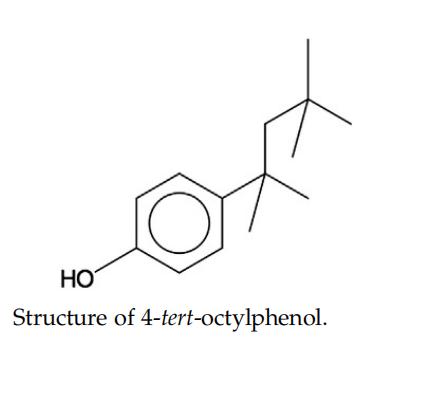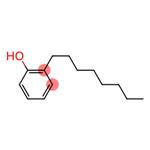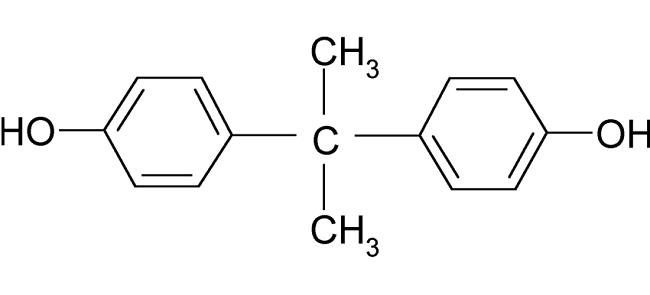Application and Production of Octylphenol

Structure
The octyl group is located at the 2-, 3-, or 4-position of the benzene ring. 4-tert-octylphenol is the most commercially important isomer. Properties Molecular formula C14H22O, Mr. 206.32, density 0.961 g/mL (25°C), melting point 79–82°C. Poorly soluble in water.
Production
Octylphenol is produced by the reaction of phenol and tertoctene (di-isobutene) in the presence of an ion-exchange resin or boron trifluoride complex in a batch reactor, or a fixed bed ion-exchange resin in a continuous process.
Application
Octylphenol is used as an intermediate in the production of phenolic resins and in the manufacture of octylphenol ethoxylates. Phenolic resins are used in rubber processing, to make tires, and in inks.
Biological and pathophysiological implications
Background
OP is mainly released during manufacturing, and during the use and disposal of products containing it. Environmental OP is also derived from the breakdown of octylphenol ethoxylates in the environment. 4-tertOctylphenol is a high production volume chemical, and is the most likely immediate replacement for nonylphenol. However, there is the possibility of adverse environmental effects for several endpoints in fish studies, with risks similar to those predicted for nonylphenol.This is to be expected, in view of the similarities in the environmental fate, behavior, and toxicity of the two substances.
Estrogenic activities
Alkylphenols act as weak estrogens. OP stimulates cell proliferation in MCF-7 cells.Estrogenic activity of 4-tertoctylphenol in mammals was also evident in rodent bioassays such as the uterotrophic assay.Neonatal exposure of 4-tert-octylphenol in rats led to reduced numbers of corpora lutea with higher numbers of preantral and atretic follicles, and persistent estrus.
You may like
See also
Lastest Price from Octylphenol manufacturers

US $0.00/kg2025-04-15
- CAS:
- 27193-28-8
- Min. Order:
- 20kg
- Purity:
- 99%
- Supply Ability:
- 20 tons

US $0.00/kg2025-04-15
- CAS:
- 27193-28-8
- Min. Order:
- 20kg
- Purity:
- 99%
- Supply Ability:
- 20 tons


